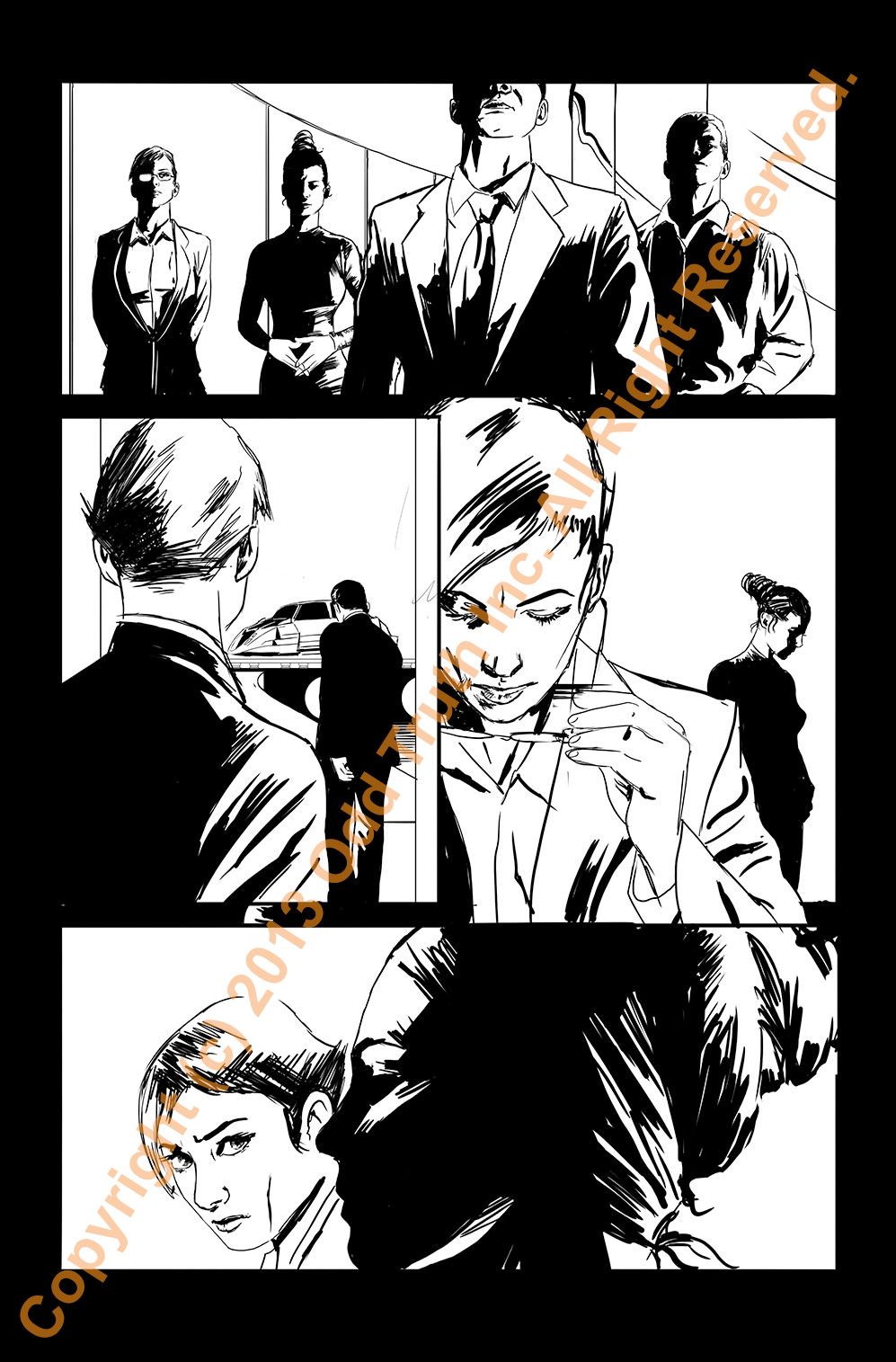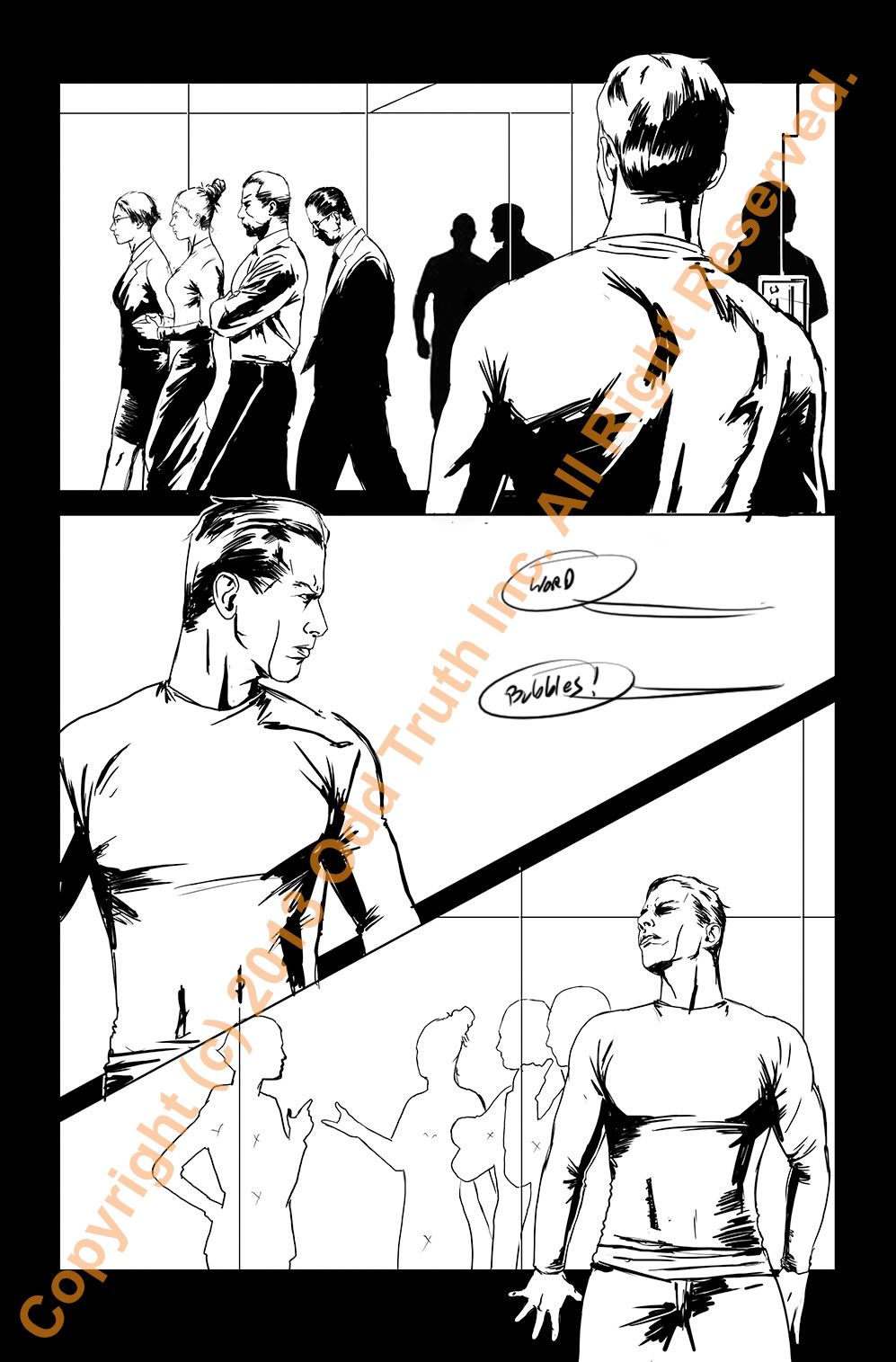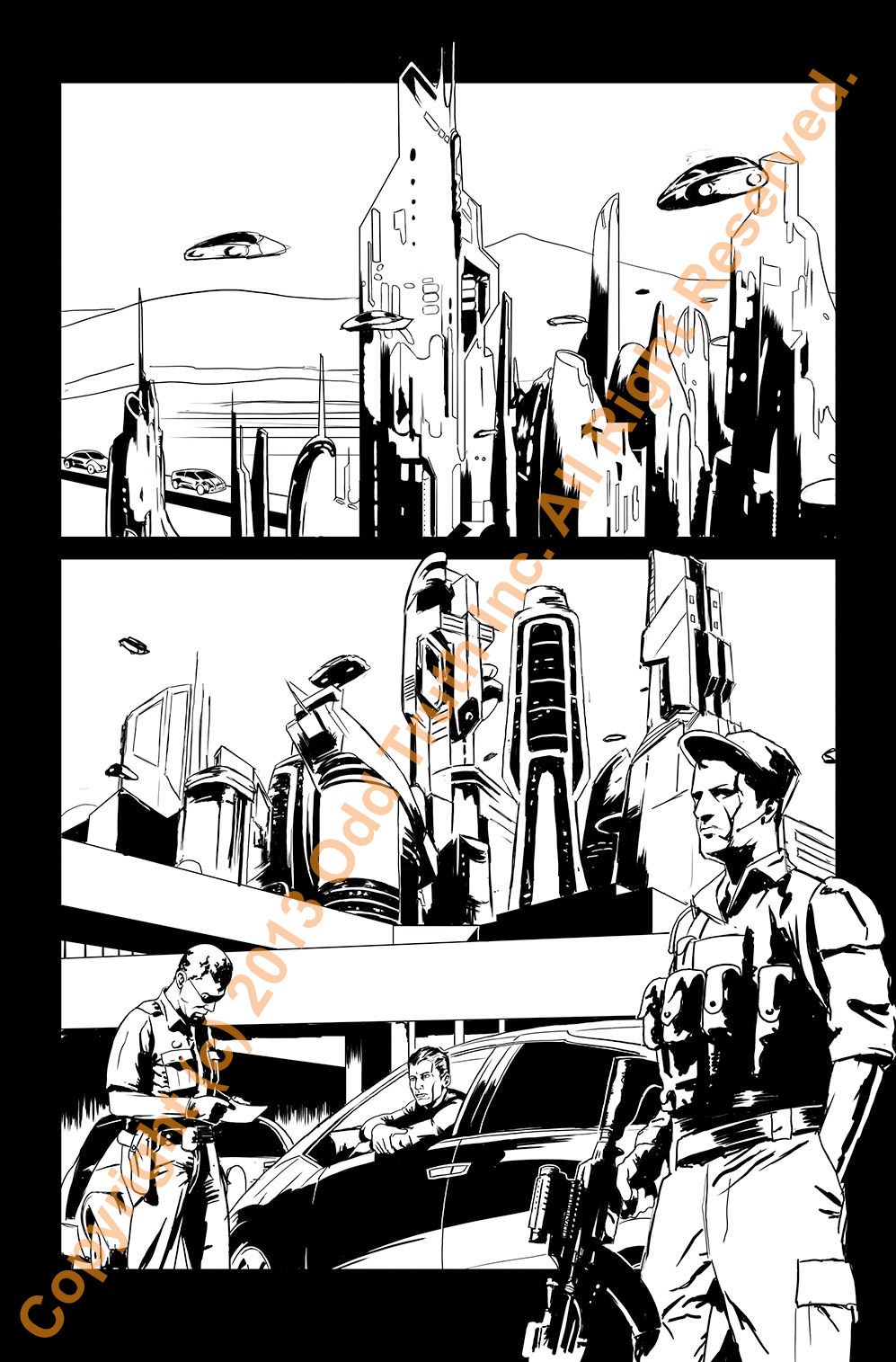Greetings everyone,
First off, a couple of Torchbearer updates. As you’ve probably seen, Torchbearer #5 is out on Comixology, rounding out most of the platforms we’ll be distributing digitally (sorry Nook, you take too long for us to invest in you at this time. We’ll push all issues to the Nook by issue 6). If you haven’t gotten your issues, I highly encourage you to do so now! We also managed to get Amazon to distribute our first trade, which combines issues 1 through 3! If you weren’t able to make it to a comic con, can’t make any of the comic cons Red Stylo is attending, or don’t want to wait until April to get your own copy (and like the whole “getting-it-delivered-to-your-door” experience), Amazon’s the best place to get it! You’ll also notice that the volume has a weird number (Vol. 0.25). That’s to reflect the fact that the first twelve issues of Torchbearer will reflect one entire volume. Don’t worry: once we have the twelve issues out we won’t be printing the trades piecemeal (so, I guess you can say these odd volume ones are limited edition).
What else am I missing… Oh! Torchbearer 6 updates! I love this issues. I REALLY DO. Michael Montenat’s doing a fantastic job illustrating the issue and I’m copiously giddy with excitement. To me, Torchbearer #6 highlights the motivations behind one of our main characters, Cayoti, while at the same time bringing to light other facets of Prometheus that we really only got a brief glimpse in issue 4.
Enough talking, here are some previews:



Now, onto this week’s topic.
The series bible in comics
Today, I’d like to point out the benefits and uses of having a series bible even if you’re like most sane indie comic book creators and only plan to write 3 – 6 issues at most of a particular series. For those not familiar with the terminology, a series bible (or show bible or simple, the bible) is a reference document where you keep a series’ character information, settings, and other elements (tone, format, etc) that make your series unique. While the series bible is more commonly associated with television production, it has existed in some way in books, movies and yes, comic books. The series bible is why Superman’s curl is always present in every most artist’s version of Superman, why the Joker favors wearing purple and green outfits and why Heisenberg IS the one who knocks. The series bible itself is not fixed: it can change as the series progresses and more information is expanded in a series (I mean, after 40 years the Doctor has corridors in his TARDIS. CORRIDORS! There’s a note somewhere in the Doctor Who bible that highlights this). But changes made to the story bible are not arbitrary. Rather, only changes that affect the character and, in some way, enhance both your character or the universe you’re constructing should be allowed to persist.
“But what if all you plan to do is write my own issue (or graphic novel)?”, I hear some of you say. “Surely I don’t need to spend all of my time writing down notes and descriptions when I could spend that time writing my script and moving on with creating my own comic book. I mean, I’m not creating a graphical diagram mapping all of my character relationships, right?!”. While this is certainly true and you’re more than welcome to write your book in this manner, I would encourage you to consider the following advantages to writing a series bible.
1) It helps you focus
Writing down how a character looks and how a character looks, behaves, his or her nuances, and motivations will help you understand how they would behave when a particular plot point comes up. Furthermore, as you expand on the world (or universe), having a quick reference of why things are the way the are, how affects what will ensure both consistency in your writing and help speed it up, as you don’t need to necessarily always remember these details.
2) Your artist will thank you
Seriously. Having a series bible will not only help your artist better understand the characters and the world they’re in, but also be able to better define the look and feel of your comic. Not only that, having a document like a series bible will help you secure talent, as they can see both a level of dedication to the work and a plan of action on how to proceed with the comic. No one likes working in a project where no one knows what will happen next.
3) It will help you in pitching projects
First off, there’s no need to bring your series bible to the pitch. No one is going to read it in the few minutes your pitch is going to last. That’s not the role of the pitch. The pitch is meant to entice a publisher into buying your product. And there’s nothing that sounds better to a publisher than a project that has a plan in action (even if the plan is open-ended). Thus, going through the process of writing your series bible BEFORE the pitch can really only help you. And yeah, you can mention that “BTW, we have a story bible where we detail issues 2, 3, up to X number” will help you rather than hurt you.
Now, how to best go about writing one? Truth be told, there really is no format for this. Just create a document in Word, pen and paper, on the whiteboard that you’ll never erase, it doesn’t matter. Just get it done. That said, I would highly recommend Celtx Desktop for writing your series bible. Aside from the fact that they have a number of templates useful for script writing (including comics), Celtx Desktop maintains a record of your characters and settings in a database of sorts that you can go into, modify and expand, in effect serving as your story bible. The only problem with it is that the information stored in this database is not easily exportable, which would mean that for someone else to see it outside of Celtx, you’ll have to rewrite it or copy/paste it into another document that you’ll then revise (thus increasing your workload).
In any case, I hope you’ve come to appreciate the importance of having a series bible for your next project.
Until next time.
Best,
-Nick D.

